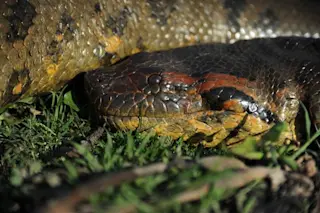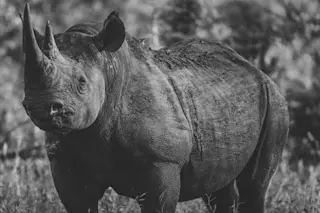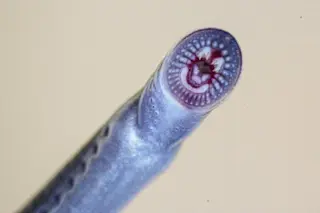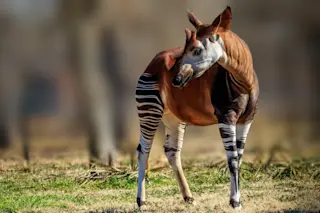In a massive extinction about 250 million years ago, 90 percent of Earth’s sea creatures and up to 80 percent of its terrestrial species vanished. Some scientists attribute the Great Dying to a gigantic asteroid or comet impact, similar to one in Mexico that obliterated the dinosaurs 185 million years later. In May researchers reported they located what may be the telltale scar in a large underwater dome off Australia’s northwestern coast.
Other investigators had previously suspected something extraterrestrial about the dome, Bedout (pronounced “be-doo”) High, because its uplifted area is a common feature of impact craters. And tentative dating pegged Bedout at 250 million years old, within the ballpark of the extinction. Intrigued, geochemist Luann Becker of the University of California at Santa Barbara and her colleagues examined cores extracted from deep within the dome. They found glassy minerals with a disorganized crystalline structure characteristic of violently smashed and internally rearranged rocks.
“It looked like it had been through a pretty catastrophic explosive event,” Becker says. “There were minerals that occur only as a result of an impact.” Becker and her colleagues dated the materials more precisely, to 250.7 million years. They also located melted minerals of a similar age across Australia and other parts of the world, which at the time formed the southern supercontinent Gondwanaland. Gravity data and seismic soundings revealed a ring surrounding the central dome, traits similar to Mexico’s Chicxulub crater.
Researchers skeptical of Bedout’s origin say it might be volcanic; Becker counters that Bedout sits on a passive continental margin, where volcanic activity has been traditionally absent. The 125-mile-wide crater could have been created by an object 6 to 9 miles across, possibly big enough to help trigger major geologic events. Becker notes the crater coincides in age with the breakup of Gondwanaland, the opening of the Indian Ocean, and extreme volcanism across the Siberian plains—plus, of course, the massive extinction.
“Those events caused a lot of change in the environment. And when a number of different places where an organism could run and hide are affected at once, they can’t run and hide anymore.”














